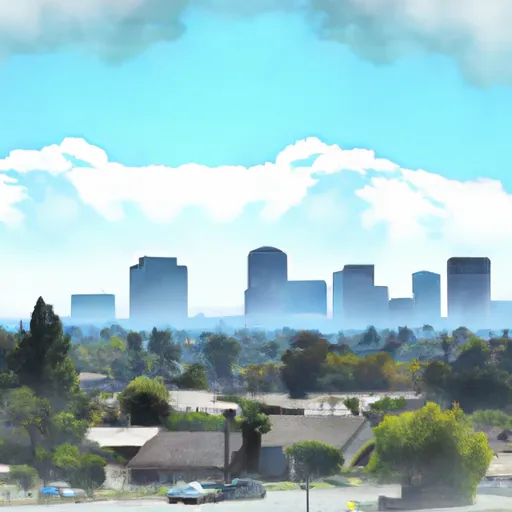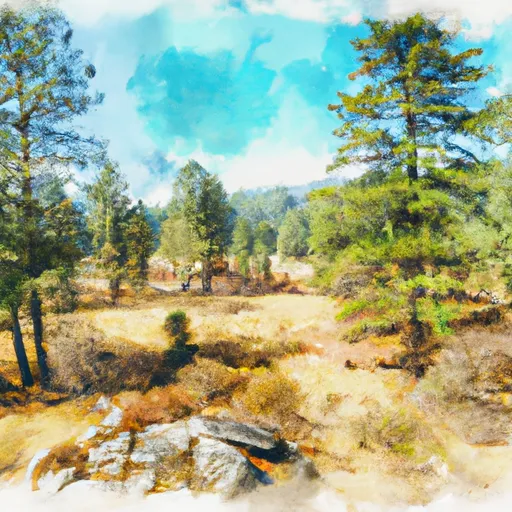°F
°F
mph
Windspeed
%
Humidity











Rough and Ready is a small town located in Nevada County, California. Situated in the Sierra Nevada foothills, the town experiences a Mediterranean climate characterized by hot, dry summers and mild, wet winters. Summers are typically sunny and warm with temperatures averaging in the high 80s to low 90s Fahrenheit, while winters are cooler with temperatures ranging from the mid-40s to low 50s Fahrenheit.
Hydrologically, the area is blessed with several creeks and streams that flow through the nearby wilderness areas. Some notable hydrological constituents include Deer Creek, South Yuba River, and Rough and Ready Creek. These water bodies provide opportunities for fishing, swimming, and other water-based activities.
Outdoor recreation enthusiasts can take advantage of the natural beauty surrounding Rough and Ready. The area offers various opportunities for hiking, mountain biking, and horseback riding. Nearby attractions include the Tahoe National Forest, Empire Mine State Historic Park, and the Yuba River State Park. Visitors can enjoy exploring the lush forests, picturesque trails, and stunning waterfalls, making Rough and Ready an ideal destination for nature lovers and adventure seekers alike.
Weather Forecast
Rough-And-Ready receives approximately 1244mm of rain per year, with humidity levels near 63% and air temperatures averaging around 15°C. Rough-And-Ready has a plant hardyness factor of 9, meaning plants and agriculture in this region tend to thrive here all year round.
Regional Streamflow Levels
495
Cubic Feet Per Second
3,100
Cubic Feet Per Second
820
Cubic Feet Per Second
254
Cubic Feet Per Second
Nearby Camping
| Camping Area | Reservations | Toilets | Showers |
|---|---|---|---|
| Carlton Flat | |||
| Bear River County Park | |||
| Nevada County Fairgrounds | |||
| Dark Day | |||
| Bullards Lakeshore | |||
| Fiddle Creek |



